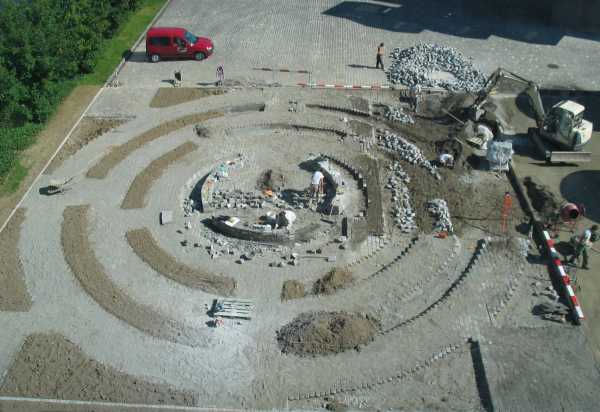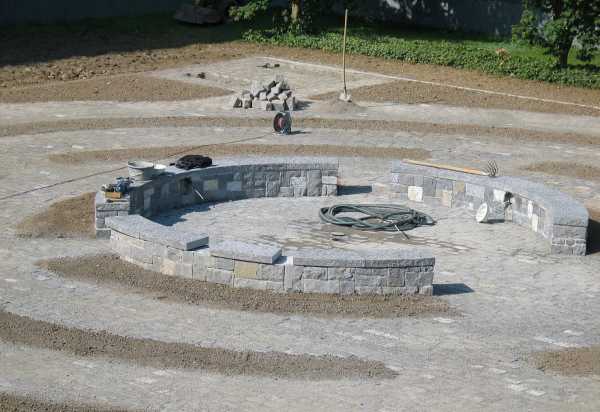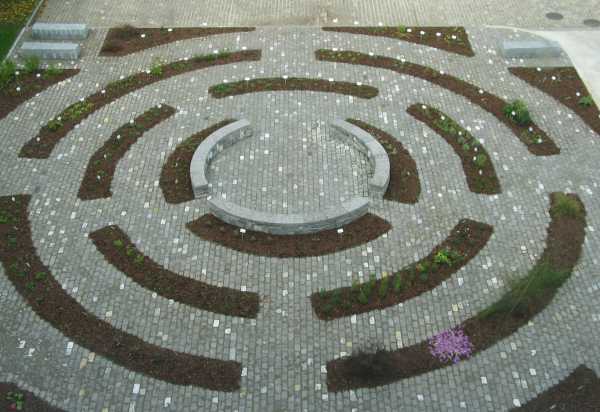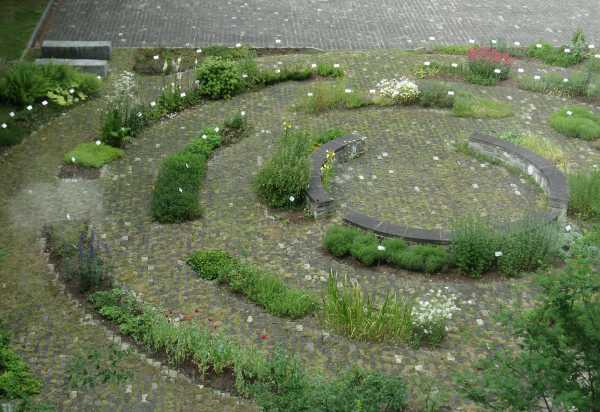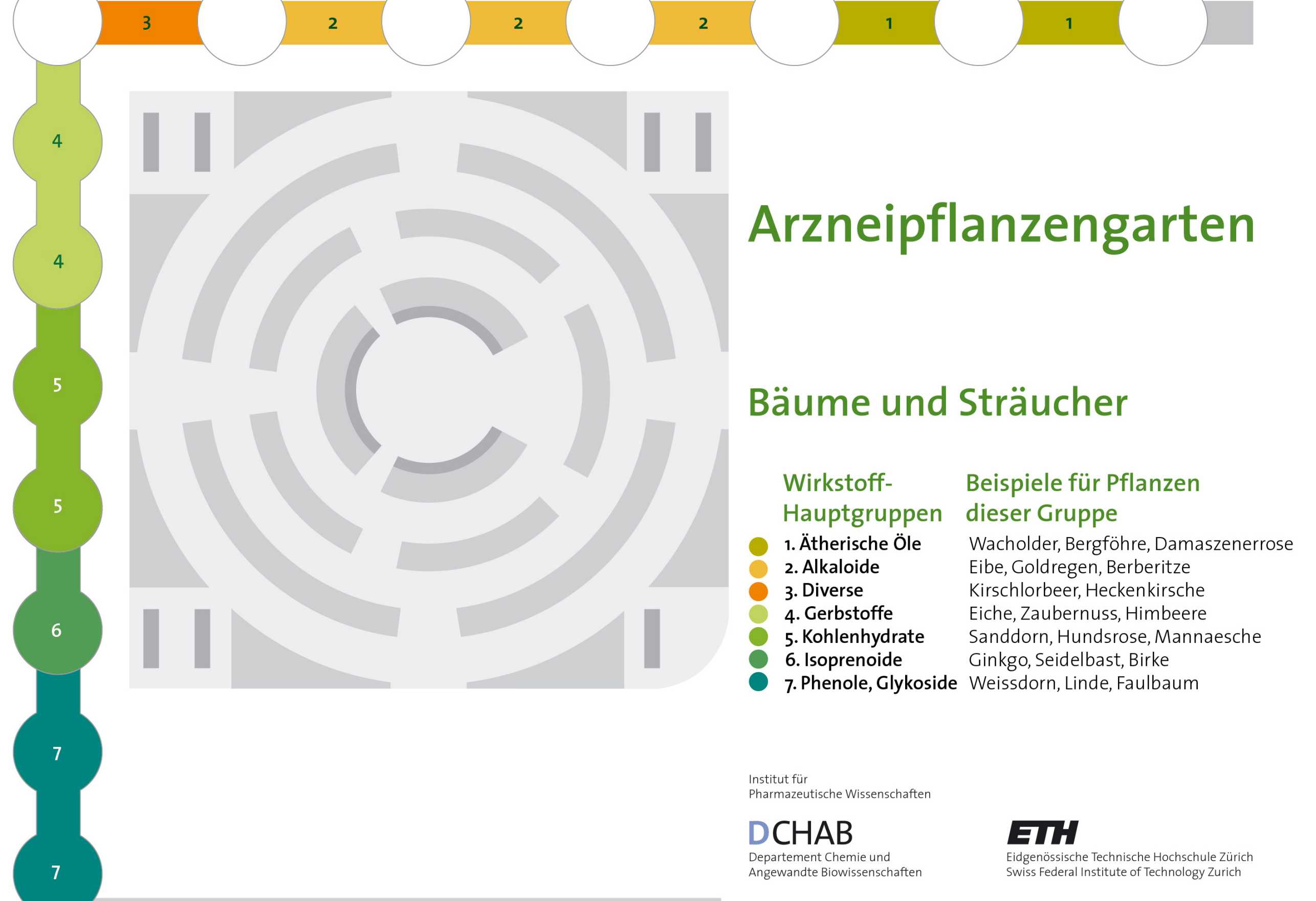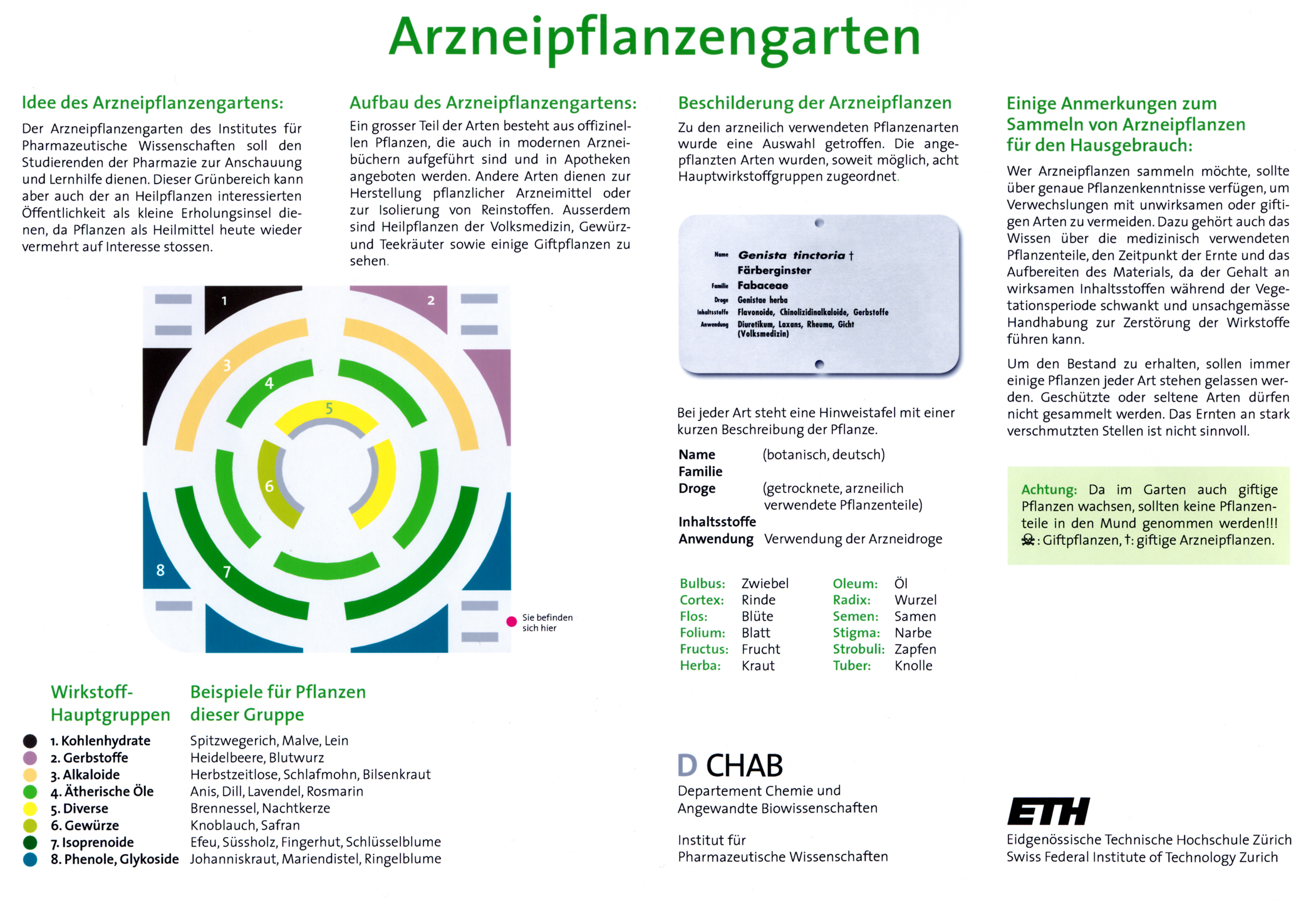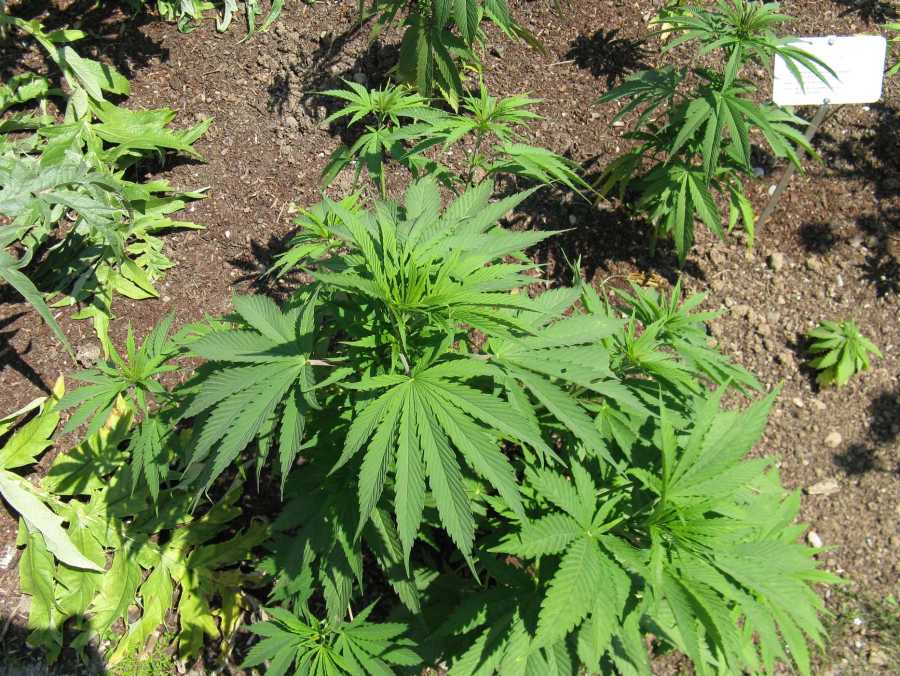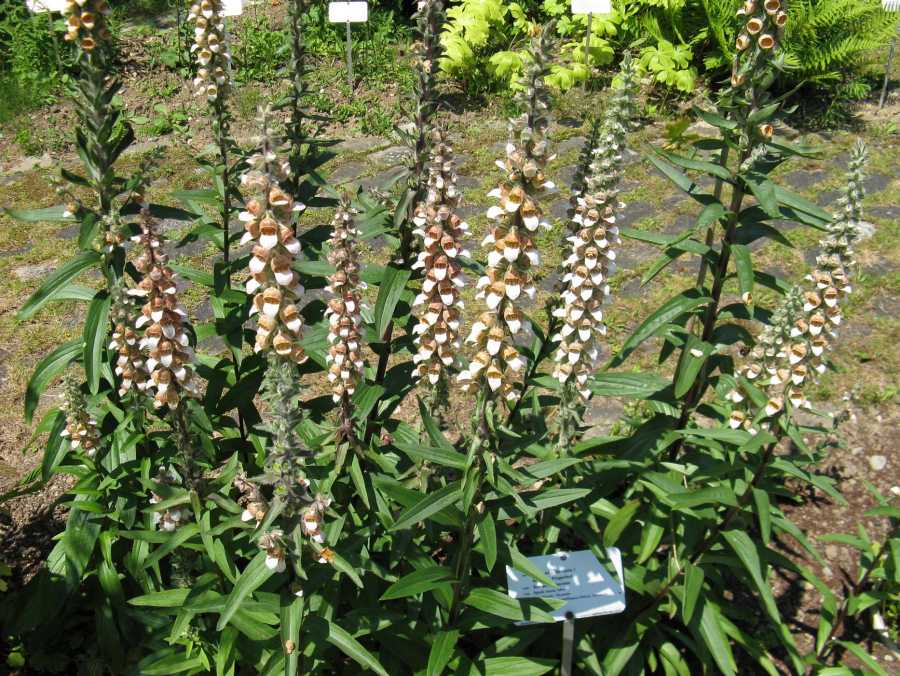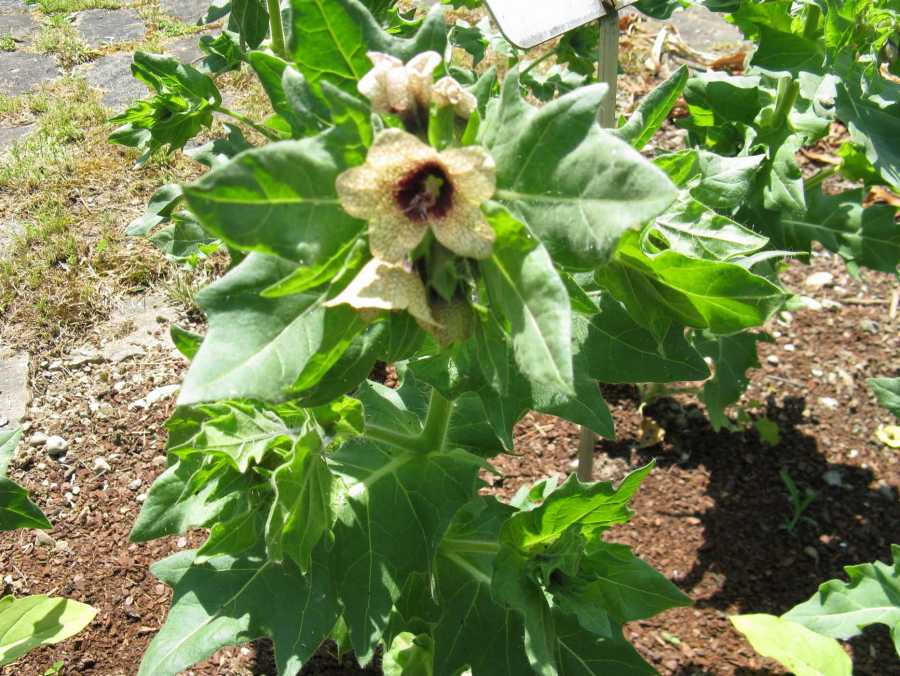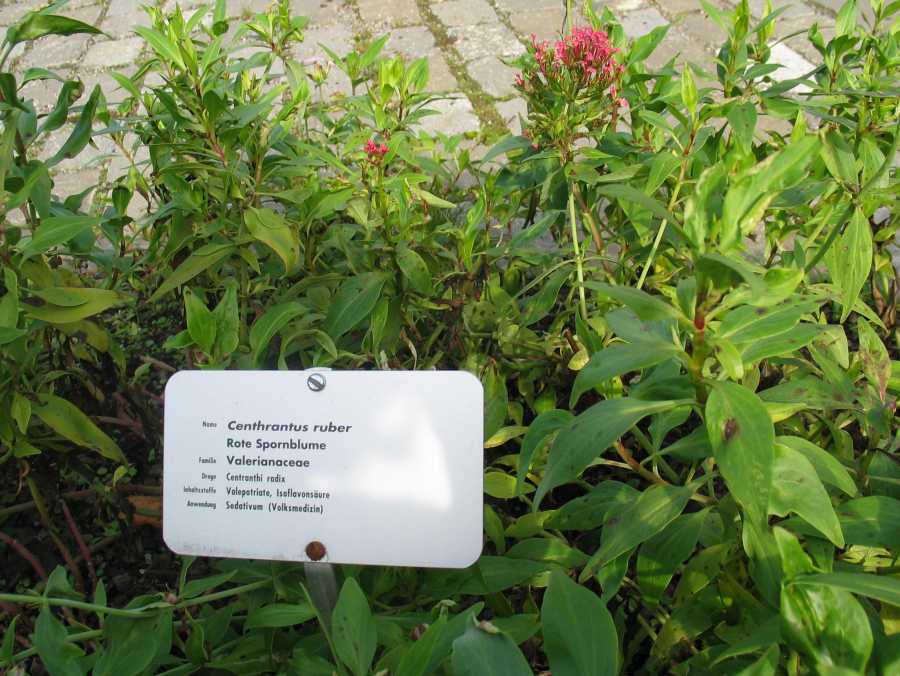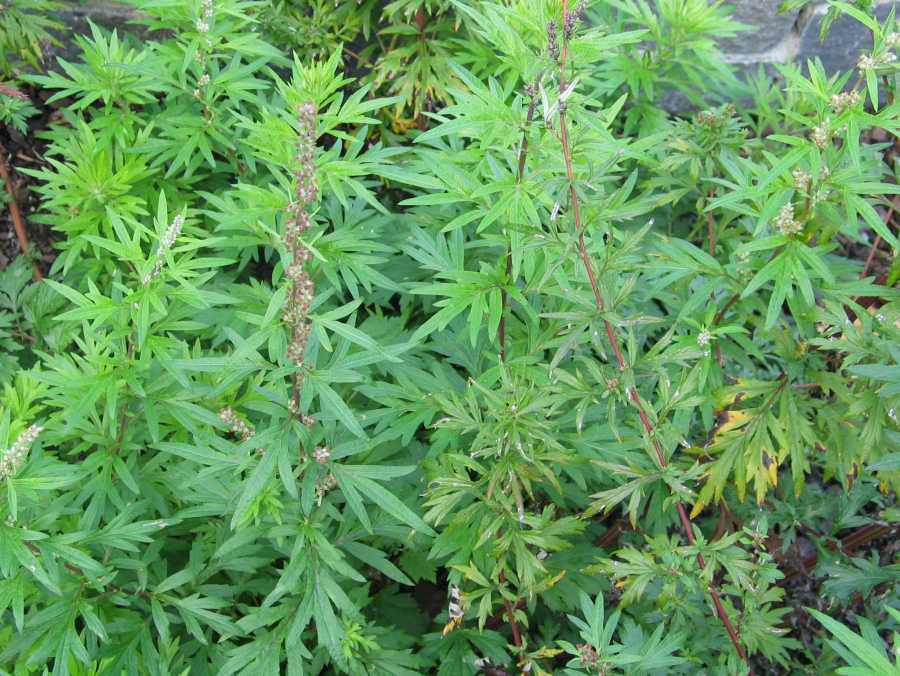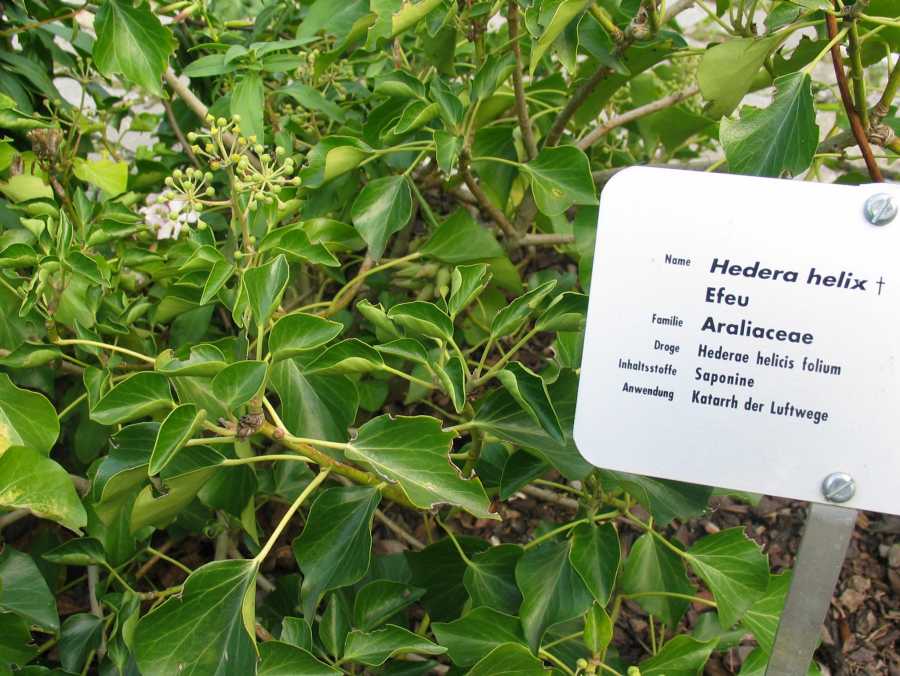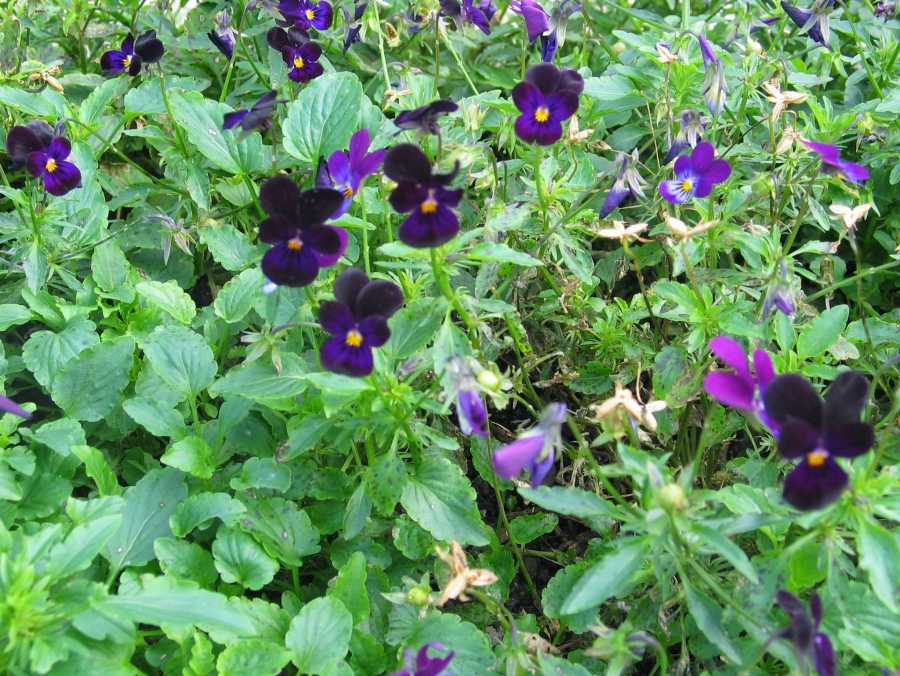Medicinal plant garden D-CHAB
One was used as a candle, another as the main ingredient of a drink known as "green fairy" and almost all have healing powers (if properly dosed). A garden full of talents and stories, free to visit.
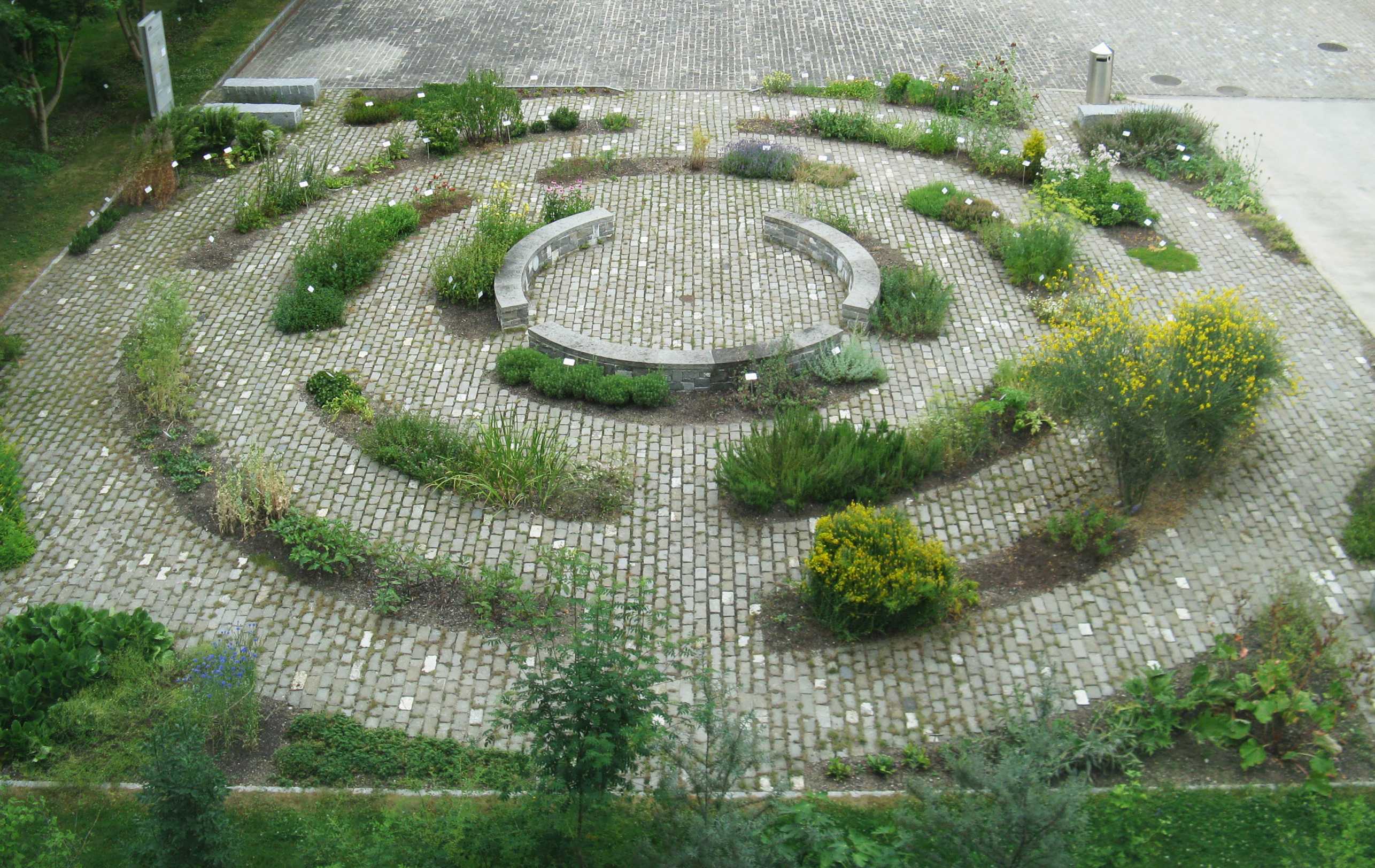
The green "magic" of dose and chemistry
Solidago virgaurea, Acorus calamus, and Matricaria recutita – what sounds like magical incantations from Harry Potter are just a few of the many plant inhabitants in the medicinal plant garden on the Hönggerberg. Their power sometimes seems magical: whether it is healing powers against urinary stones, chilblains, or various bacterial and inflammatory diseases from head to toe.
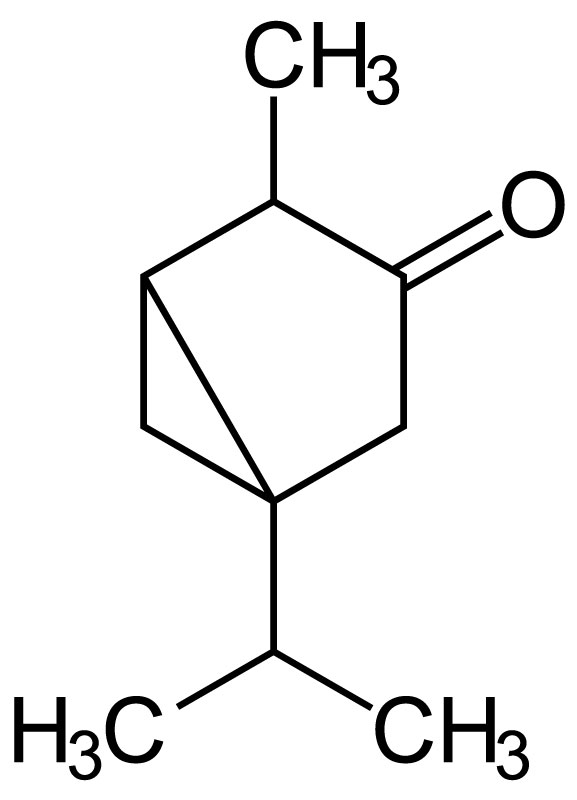
The core of this "magic" is chemistry – certain molecules that lead to reactions in the body and can thus be beneficial or harmful. Chelidonium majus, for example, contains a high number of certain alkaloids – heterocyclic compounds with one or more nitrogen atoms – which have an antispasmodic effect on the stomach. In overdose, however, they can be toxic to the liver, as recent discussions about a herbal drug for digestion has made clear (the company had to adjust the formula). Artemisia absinthium (wormwood) in turn, the heart of the "green fairy" absinthe, acts with sesquiterpenes such as thujone as either an antimicrobial or as neurotoxin. The dose makes the difference, as Paracelsius already said.
Sometimes, however, it is the name that writes history, or vice versa – just think of the plant Mullein (called king candle in german) or of the plant called Yarrow, to which the famous fighter Achilles lends his name, at least in Latin (Achillea). These and many other plants and their stories can be discovered in the medicinal plant garden, preferably with the brochure under your arm and a hot cup of Matricaria sp. in your hand, available for CHF 1 per pack at the nearest supermarket.
45 Medicinal herbs – plant garden brochure
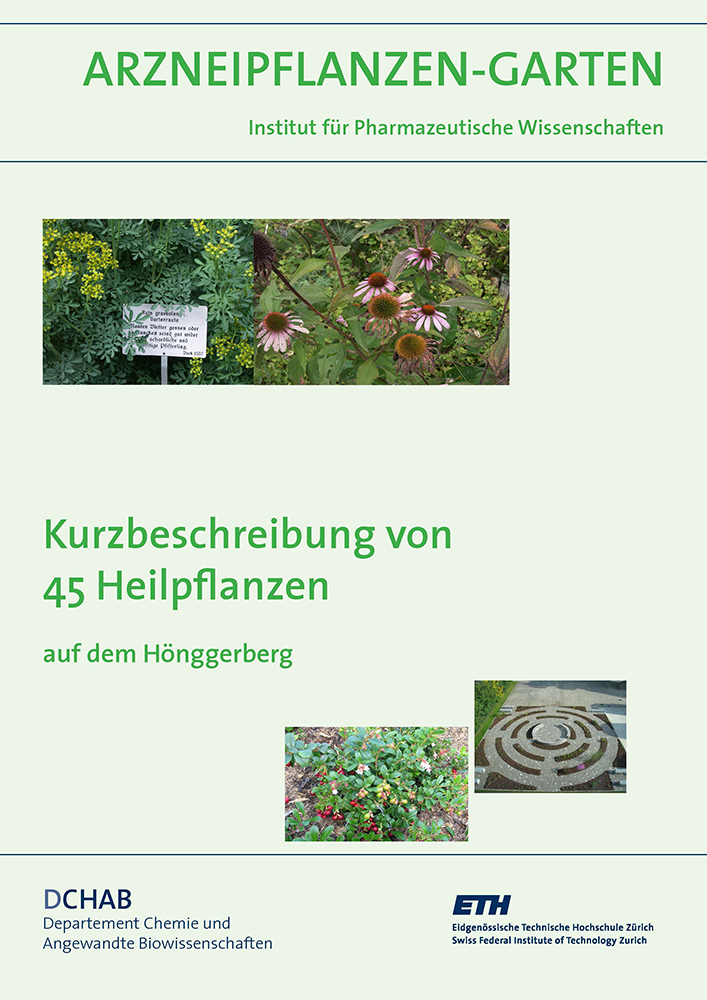
If you want to know more about healing herbs and beneficial essences, look at the Download online brochure on the medicinal plant garden (PDF, 11.8 MB) (only available in German so far).
The printed brochure describing the medicinal plant garden is available for free at the Campus Info Hönggerberg or on the table near the H-floor collection of the HCI building (foyer). If there are none, please send a mail to: julia.ecker@chem.ethz.ch
Construction of the medicinal plant garden
It should be a garden in concentric circles. This is how ETH architect Karin Möllfors designed the medicinal plant garden for the Hönggerberg. It was implemented by landscape gardener Paul Züger (Schlossgärtnerei Uster). Not an easy project: The garden designer received a list of 178 alphabetically arranged plant species and had to design the garden in a way so that it could serve as an illustration and learning "tool" for pharmacy students. In addition, the garden should be attractive for the public, which today is increasingly interested in medicinal plants.
"We have different groups of plants here. There are, for instance, the perennials. These are herbaceous, hardy plants that overwinter in rhizomes, tubers or bulbs and sprout anew the following spring, with the above-ground parts dying off in late fall," Züger explains. "Second, we distinguish woody plants as woody, perennial trees and shrubs. Herbs as the third group, in turn, are annuals and germinate anew every year, such as the field flora."
The old woody plants remained on the Irchel because they were too large to transplant. "It was important for us to take into account the sunlight exposure and to meet the light and shade needs of the plants," emphasizes the gardener, who counts the herbaceous centaury among his favorite plants (its pink flower heads have an invigorating, stomach-strengthening and fever-reducing effect due to their bitter substances). In the fall of 2004, the plants were assigned to eight main groups of active substances, planted in the corresponding beds and provided with information boards.
